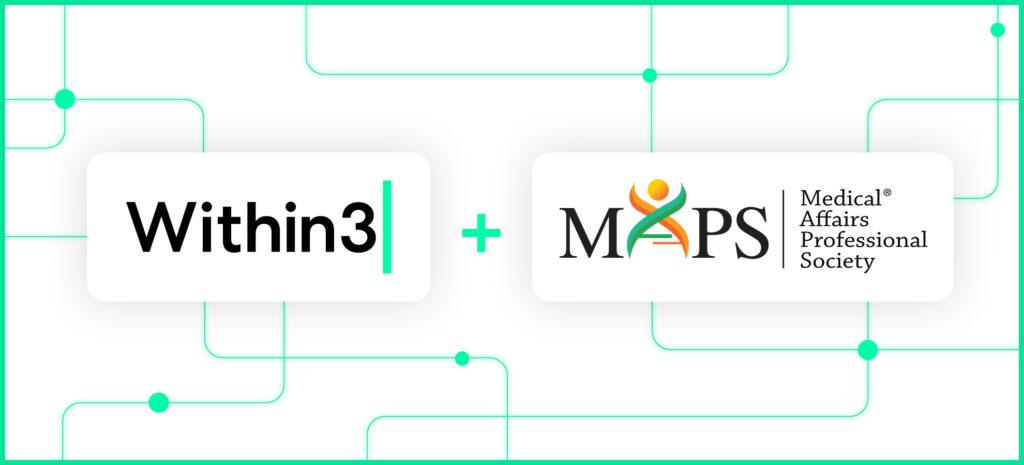In its Vision for Medical Affairs in 2025, McKinsey reported that science and data would be the foundation for pharma companies to meet patient obligations and realize commercial opportunities. This transformation, said the consultancy, would further accelerate the evolution of medical affairs as a strategic pillar within life science organizations. How can medical affairs leaders keep pace with their teams’ evolving role as insight generators? Let’s examine some key strategy steps for insights management.
Within3 helps pharma teams cut their insights-related workload by up to 90%
One of the critical components of success for medical affairs teams is agreement on what constitutes insight. Different from raw data or one-off observations, the Medical Affairs Professional Society defines an insight as “relevant information collected by a medical affairs professional through a verbal or written exchange with an external stakeholder or through examination of disease community data, which, after analysis and validation, can drive planning, actions, or decisions.” When teams are aligned on insights and their value, they can truly function as a change agent within the broader organization.
The value of a Medical Affairs insight is the ability to capture and respond to learnings based on data, facts, and observations from sources beyond the organization. – MAPS
In a recent white paper co-presented by MAPS and Within3, global medical affairs leaders from leading pharma companies determined the key steps necessary to build an effective insights management function and evolve from a support function to a strategic partner.
#1 Define insights strategy
The basic framework of a well-defined insights management strategy is based on key insight topics (KITs), special areas of interest developed with input from across functional teams. Within the KITs are key insight questions (KIQs), or listening priorities. This framework will enable medical affairs teams to develop communication strategies, an important and often absent part of most current insights management approaches.
#2 Formalize the insights process
Technology is often a critical component of a robust insights management strategy, but organizations don’t have to take a one-size-fits-all approach. Smaller biotechs, for example, won’t need the same technological sophistication as a global big pharma leader.
#3 Identify sources of insights
Once KITs and KIQs are identified, medical affairs teams need to understand the information channels available to them and align those channels with strategic initiatives. This might look like using social listening to inform the company’s medical information strategy or gleaning insight from patient communities to determine clinical trial endpoints.
Medical affairs teams are poised to become centers of excellence for their organizations, acting as drivers of commercial opportunities and improved patient outcomes. To learn more about these three strategy steps and the subsequent implementation steps, download “The Value and Strategic Implementation of Insights Management.”






